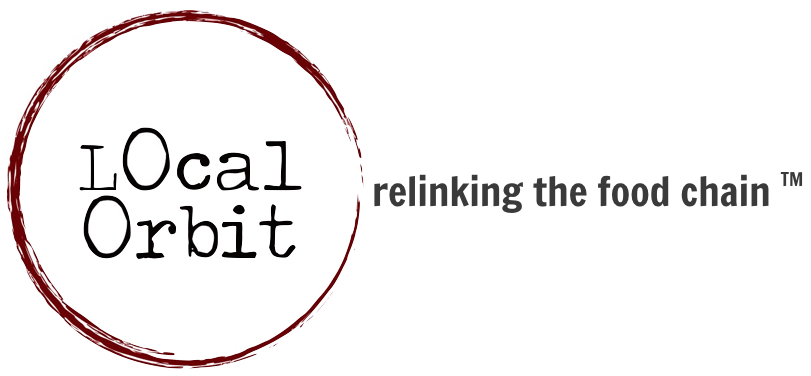
BigData ©Camelia.boban
How Local Orbit helps organizations access their data, and how they can use it to plan for the future and develop sustainable local supply chains.
Each day, our digital footprint grows larger and larger. In fact, it permeates our lives so thoroughly that we don’t even think about how far reaching it is. We are surrounded by Big Data, a term coined to emphasize the vast amount of information that is continually generated by, and about our world.
If your organization knows how to leverage the “information exhaust” generated by your daily activities, you will have a distinct advantage in today’s business climate.
Platforms such as Local Orbit generate millions of transactions on a daily basis, across all aspects of the order to cash process – from selecting suppliers, to managing products, to placing orders, tracking the delivery process, and so on. Each of these activities contains tiny pieces of information, that when taken together as a collection, add up to valuable insight to industry trends and customer habits.
Think about how your business would benefit from real-time access to pricing trends for your specific geography. Or, the ability to evaluate alternative suppliers, based upon the availability of products you purchase regularly. Ultimately, this kind of network data enables you to benchmark yourself against best-in-class organizations.
At Local Orbit, we’re building a powerful data warehouse and self-service discovery engine into our platform that can answer these kinds of questions, and help you tell a great story about your place in the new food economy.
Beyond static dashboards and spreadsheet exports (CSVs), these new analytics capabilities will give you the power to create everything from simple pie charts to sophisticated mapping visualizations, and then share them with your team and trading partners.
However, your own Local Orbit data is just one piece of the puzzle. To truly make sense of the big picture, you must combine it with other information sources to understand it in context. But, this additional data resides in many different places, and in many different formats, making it very difficult to analyze.
To address this issue, we constantly review new sources of information from government, academics, and business for inclusion into our data warehouse. This means you will be able to create dashboards, reports and KPIs that combine your Local Orbit activity with relevant data about crop production, transportation costs, commodity pricing, and much more.
Data is quickly becoming a new type of currency that you can use to identify procurement opportunities, identify more sustainable menu ingredients, improve production planning, reduce delivery costs, tell compelling stories, and more. If you’re interested in learning more about how you can use data to accelerate your local food journey, get in touch.
